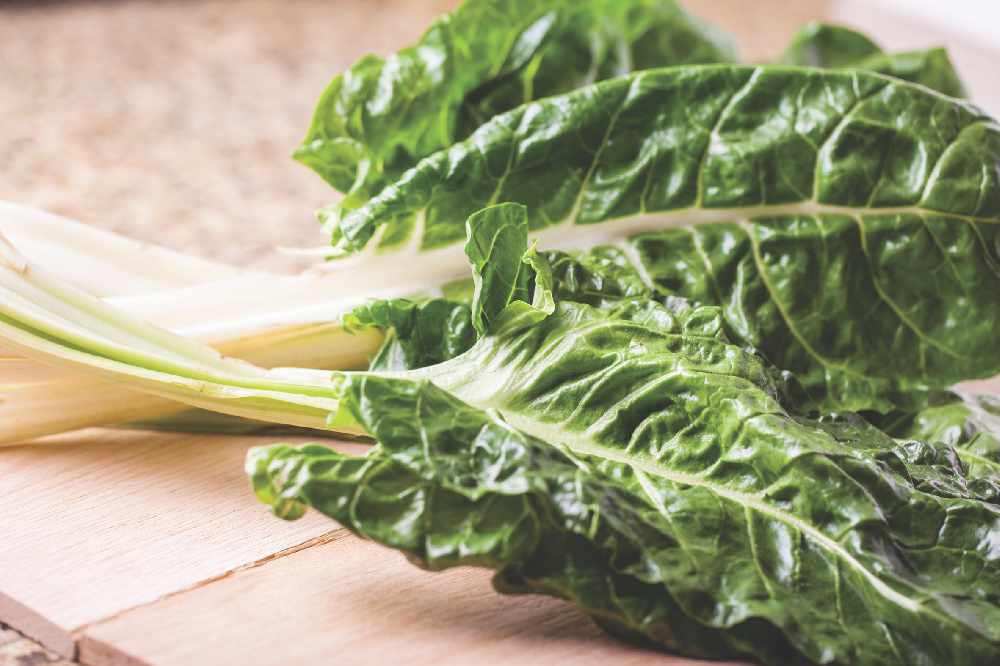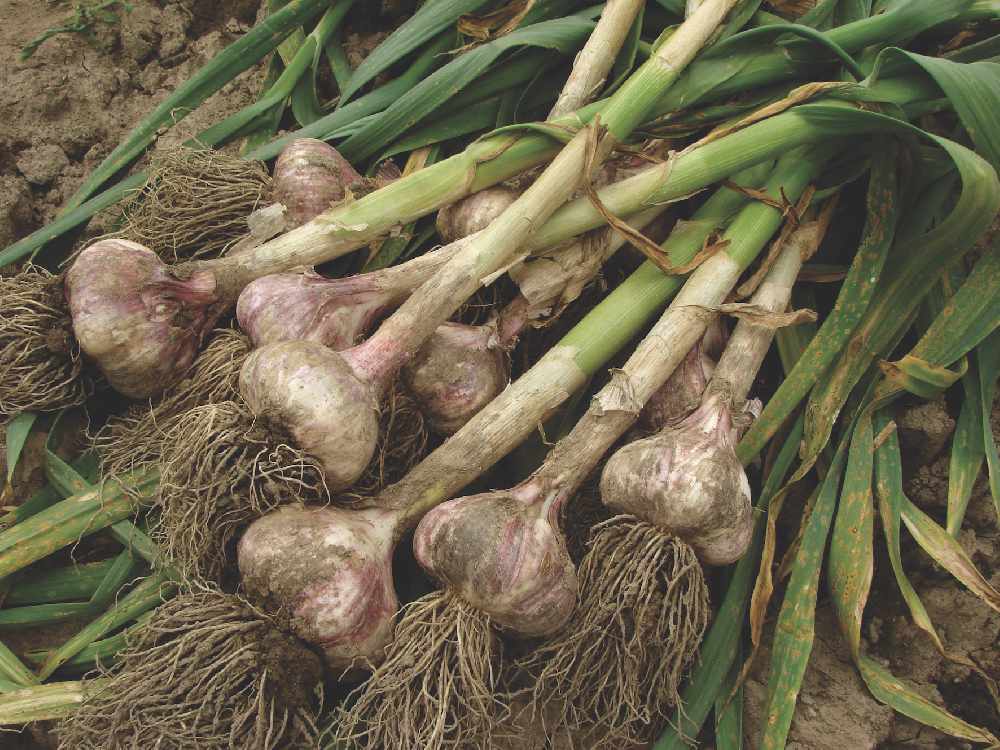
It’s all go on the veg patch this month. Sow hardy winter greens and plant onions for a tasty crop next year
Thin out seedlings, leaving 30cm spacings between plants. Mature plants will grow 30-40cm high. When harvesting, selectively pick a few of the largest leaves from every plant, leaving the smaller ones to help maintain vigorous growth.
As their name suggests, ‘Japanese’ onions were originally developed to withstand harsh winters in Japan. However, it’s not just about temperature. Onions usually require strong sunlight to thrive, but autumn-planting types also cope with low light conditions.
Onion and shallot ‘sets’ (small, immature onion bulblets) are available now. Senshyu is a deservedly popular variety, but there are lots to choose from, including Electric, with vivid red skins and flesh.
Onions need an open site with well-drained soil. Fork the soil gently to loosen the surface. Plant bulblets (pointy end up!) with their tips just visible above the soil, spaced at 10cm intervals in rows 30cm apart.
Birds often pull at the onion tips (they won’t eat them – they’re just inquisitive) so place wire mesh over the area until roots develop. Water thoroughly – and that’s about it! They’ll be ready to crop from next spring.
If space is limited, plant the bulblets 5 cms apart. In confined conditions they won’t mature fully but will develop into monster-sized ‘spring onions’ with masses of succulent foliage – perfect for stir fries and salads.
Autumn is the best time to plant garlic. Supermarket garlic may look temptingly cheap, but it’s probably been grown overseas, so will not enjoy our damper climate.
Garlic bulbs grown for consumption can also harbour onion virus. Although perfectly safe to eat, the disease can persist in soil and infect other plants, so it’s best to purchase guaranteed virus-free bulbs from a reputable horticultural supplier.
Split the bulbs apart and plant individual cloves 3cm deep at the same spacing as for onions. You can expect a harvest next June/July.
The upright habit of garlic and onions gives sufficient space and light for a ‘companion’ crop of winter-hardy salad leaves to be sown between the rows (try rocket or lamb’s lettuce).
By the time the onions/garlic are ready for harvesting, the salad will be finished and running to seed, allowing the area to be quickly and easily cleared for new plantings.


 Blooming Times: Winter Sparklers
Blooming Times: Winter Sparklers
 Homes Extra: Restore, Repair, Recycle
Homes Extra: Restore, Repair, Recycle
 Home Style: A Scandi Winter's Tale
Home Style: A Scandi Winter's Tale
 Blooming Times: Winter Wonders
Blooming Times: Winter Wonders
 Home Style: Bold, Brave & Beautiful
Home Style: Bold, Brave & Beautiful
 Blooming Times: The Answer Lies in the Soil
Blooming Times: The Answer Lies in the Soil
 Blooming Times: Heavenly Hyacinths
Blooming Times: Heavenly Hyacinths
 Legendary Builds with Phoenix Construction Services
Legendary Builds with Phoenix Construction Services
 Blooming Times: Know Your Enemy
Blooming Times: Know Your Enemy
 Bespoke Dreams from Eridge Green Kitchens
Bespoke Dreams from Eridge Green Kitchens
 10 Hot Years: iFit Fires & Flues
10 Hot Years: iFit Fires & Flues
 Home Style: Bold Type
Home Style: Bold Type
 Blooming Times: The Sky's the Limit
Blooming Times: The Sky's the Limit
 Home Style: A Better Way of Life
Home Style: A Better Way of Life
 Homes Extra: Shed Space
Homes Extra: Shed Space
 Blooming Times: Top of the Pots
Blooming Times: Top of the Pots
 Kids Zone: Get the Kids Growing
Kids Zone: Get the Kids Growing
 Home Style: Pastures New
Home Style: Pastures New
 Homes Extra: Let There Be Light
Homes Extra: Let There Be Light
 Blooming Times: Wisteria Hysteria
Blooming Times: Wisteria Hysteria